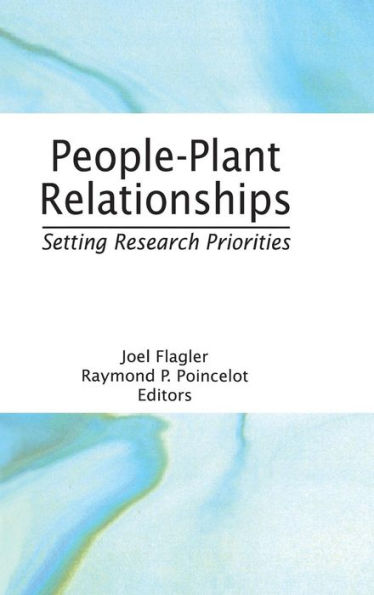5
1
9781560220503



People-Plant Relationships: Setting Research Priorities / Edition 1 available in Hardcover, eBook

People-Plant Relationships: Setting Research Priorities / Edition 1
- ISBN-10:
- 1560220503
- ISBN-13:
- 9781560220503
- Pub. Date:
- 01/03/1994
- Publisher:
- Taylor & Francis
- ISBN-10:
- 1560220503
- ISBN-13:
- 9781560220503
- Pub. Date:
- 01/03/1994
- Publisher:
- Taylor & Francis

People-Plant Relationships: Setting Research Priorities / Edition 1
$115.0
Current price is , Original price is $115.0. You
115.0
In Stock

Product Details
| ISBN-13: | 9781560220503 |
|---|---|
| Publisher: | Taylor & Francis |
| Publication date: | 01/03/1994 |
| Series: | Journal of Home and Consumer Horticulture |
| Edition description: | New Edition |
| Pages: | 466 |
| Product dimensions: | 6.00(w) x 9.00(h) x (d) |
About the Author
From the B&N Reads Blog
